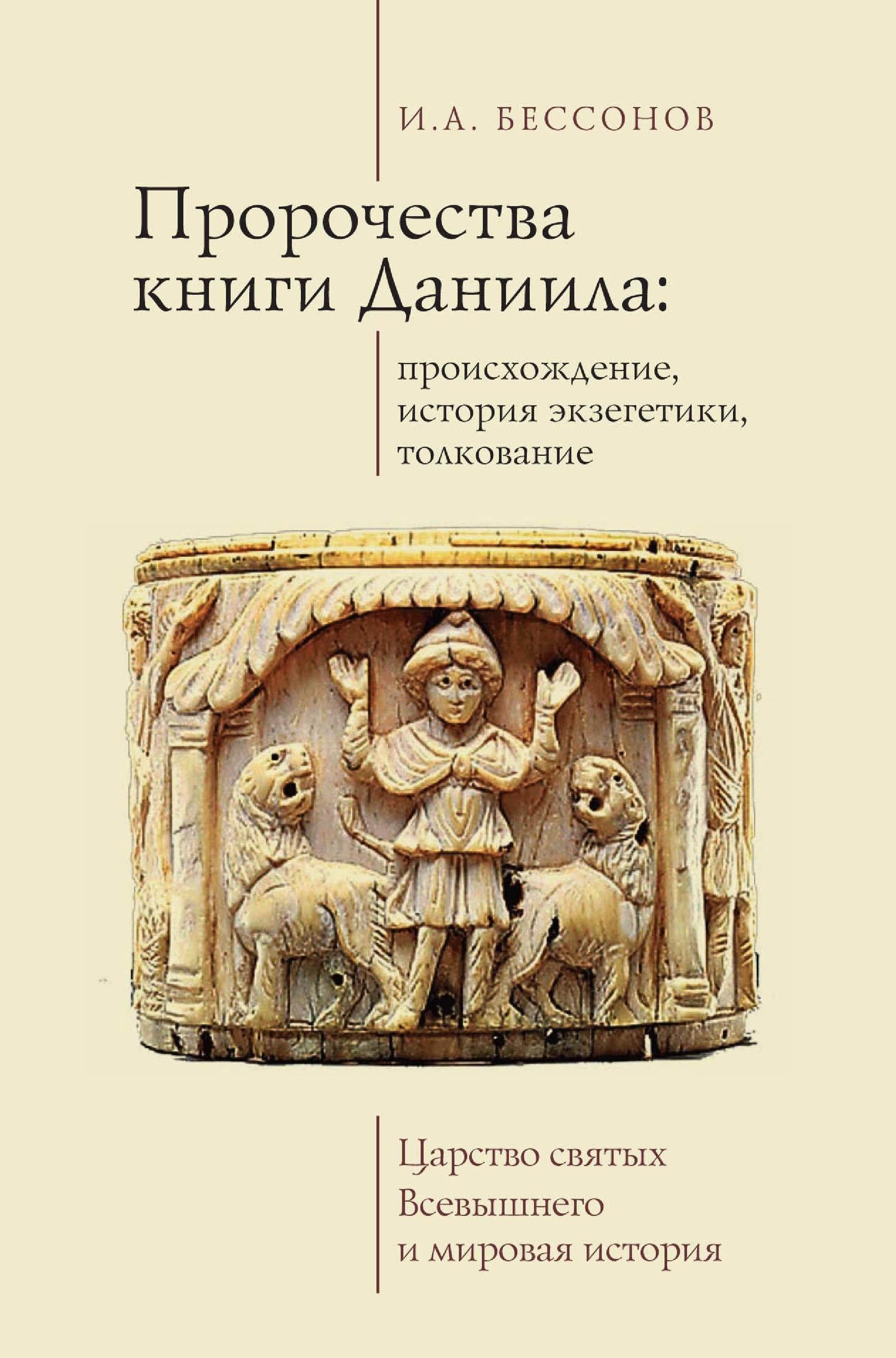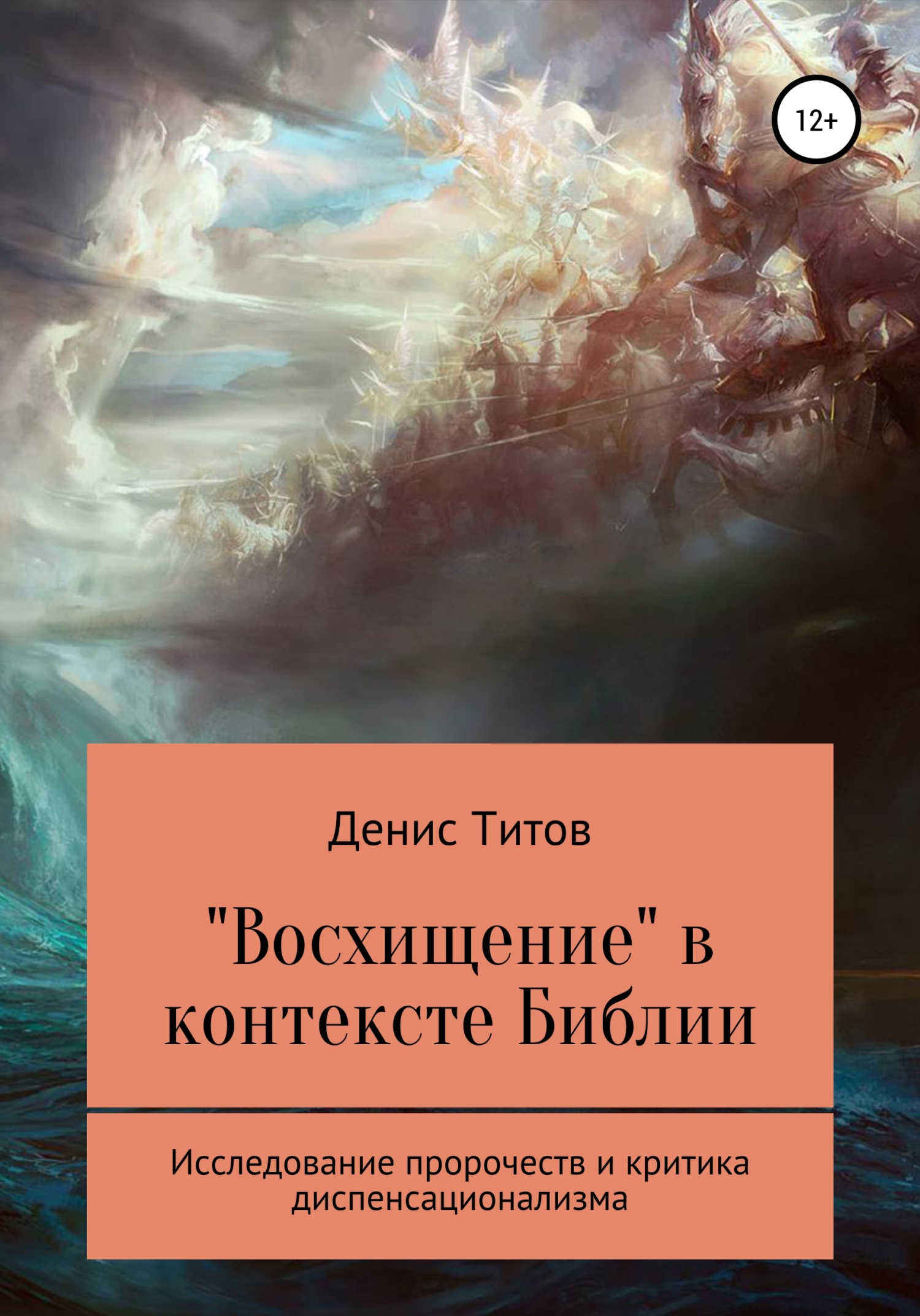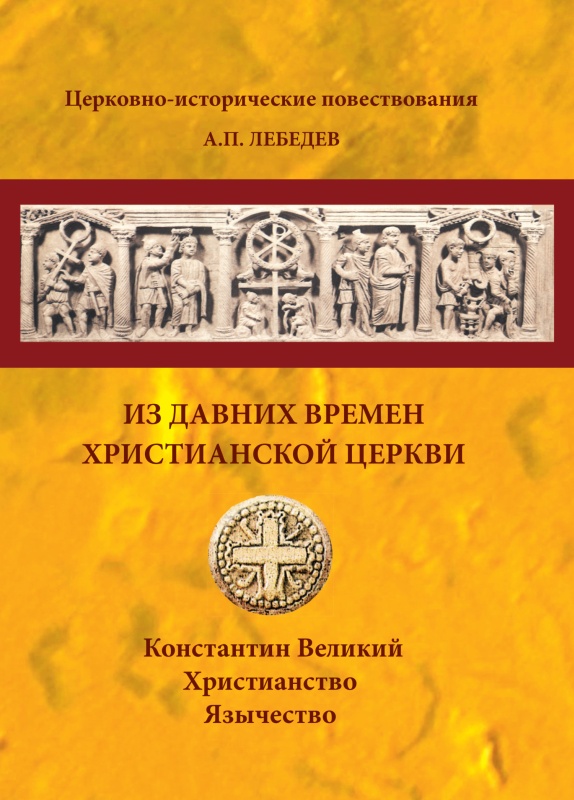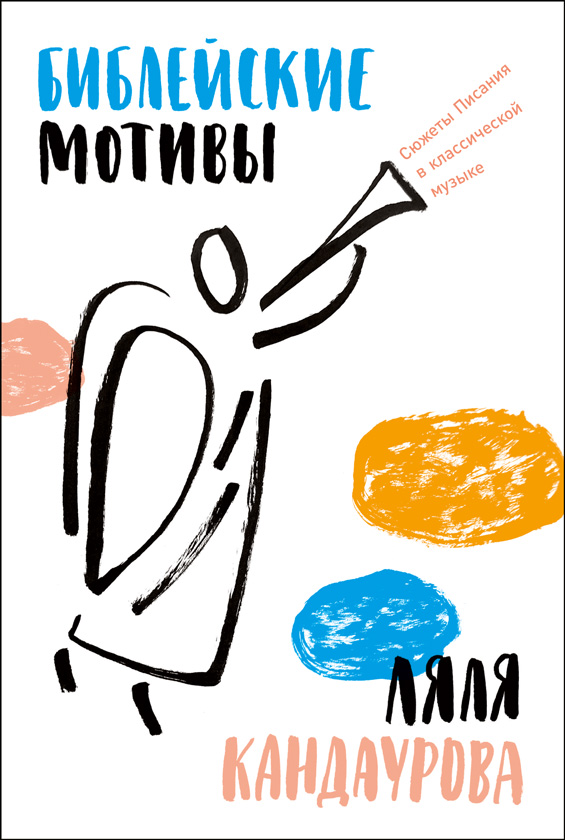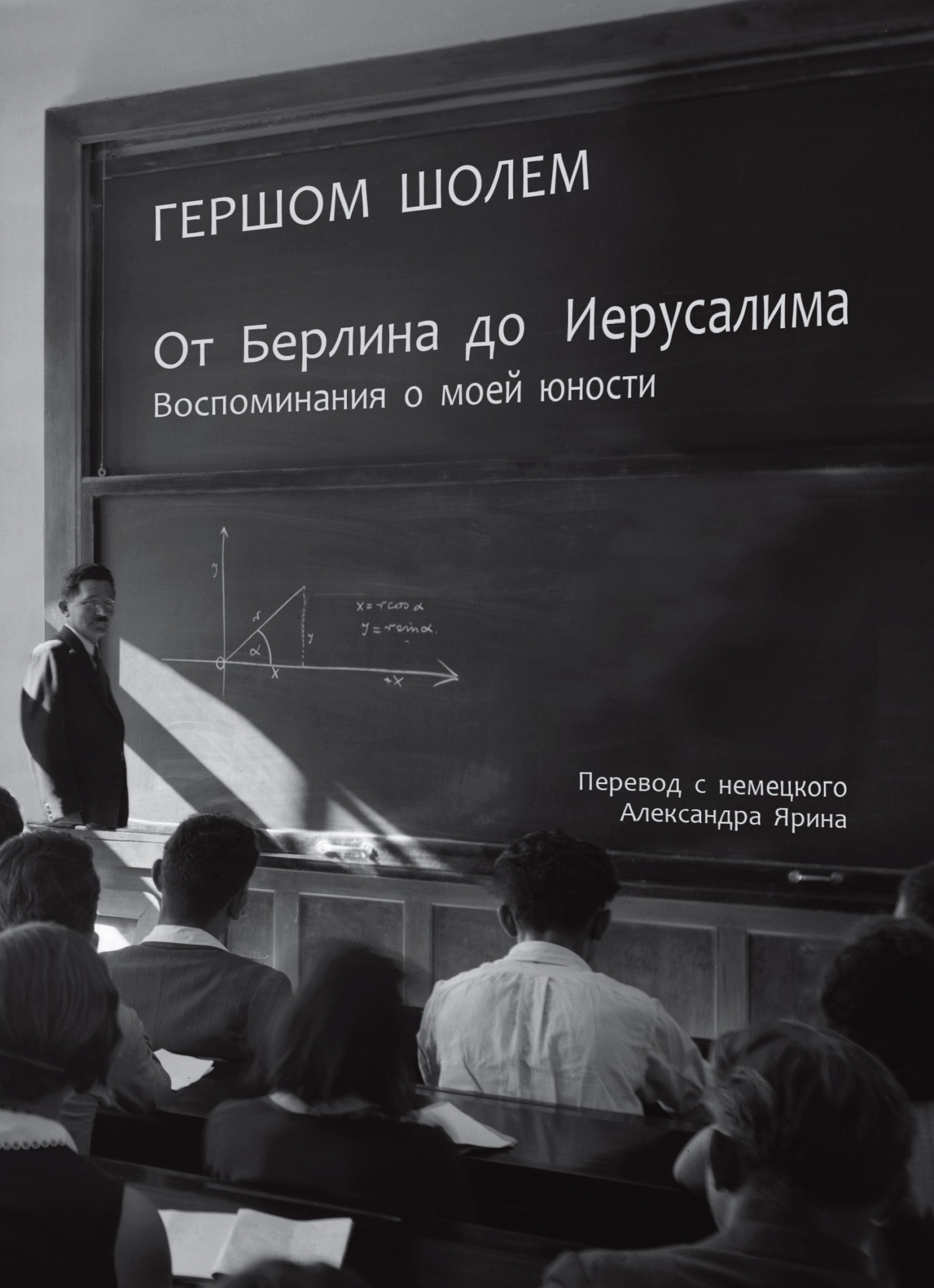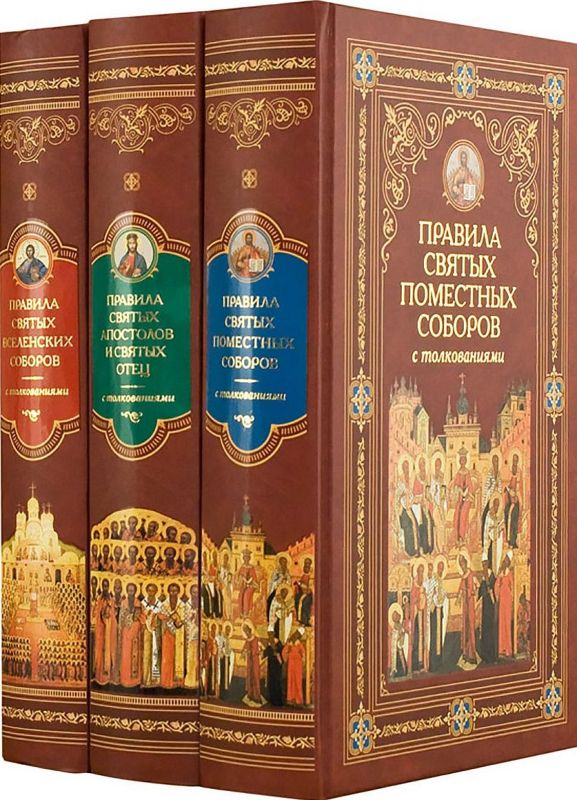Шрифт:
Закладка:
Книга Даниила – одна из самых загадочных и спорных книг Библии. Она содержит ряд пророчеств, которые относятся к разным эпохам мировой истории, вплоть до конца времен. Как понять эти пророчества? Как они связаны с реальными событиями и персонажами? Как они отражают план Бога по спасению человечества?
Эта книга – результат многолетнего исследования Игоря Александровича Бессонова – доктора философии, профессора и богослова. Он подробно анализирует книгу Даниила с точки зрения ее происхождения, истории экзегетики, толкования и актуальности. Он рассматривает разные подходы к пониманию пророчеств Даниила, такие как исторический, символический, апокалиптический и др. Он объясняет смысл ключевых понятий и образов, таких как четыре зверя, козел и баран, семьдесят недель, малое время скорби и др. Он показывает, как пророчества Даниила свидетельствуют о Царстве святых Всевышнего – обещанном Богом царстве правды и мира.
«Пророчества книги Даниила: происхождение, история экзегетики, толкование. Царство святых Всевышнего и мировая история» – это книга для тех, кто хочет глубже познать Божью волю и промысел по отношению к человечеству. Это книга для тех, кто хочет увидеть связь между прошлым, настоящим и будущим в свете библейского откровения. Это книга для тех, кто хочет быть готовым к встрече с Господом в день Его пришествия.
Вы можете читать книгу онлайн на сайте knizhkionline.com. Не упустите шанс познакомиться с удивительной книгой Даниила и ее пророчествами!
